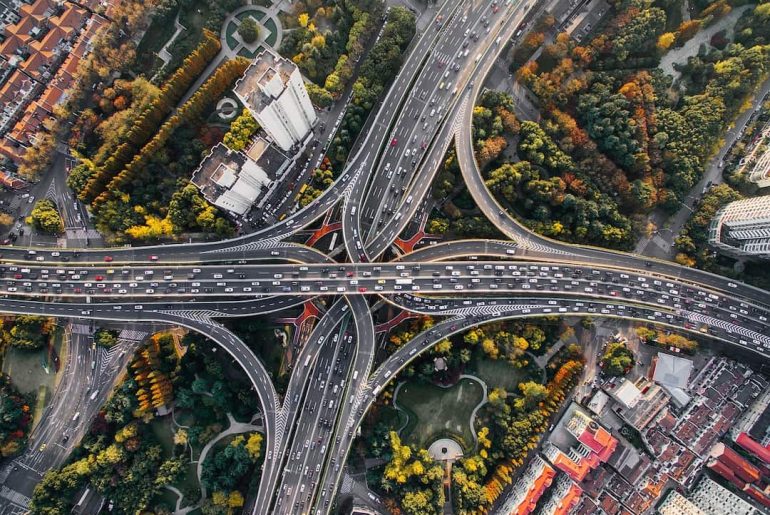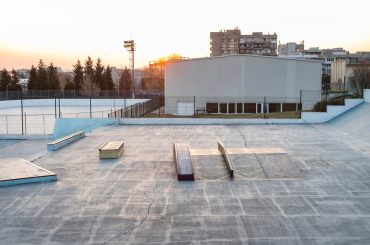Urban architecture has a pivotal role in defining and molding the identity and character of cities. It goes beyond functionality, striving to create visually appealing and innovative structures that enhance our urban surroundings. The evolution of urban architecture reflects societies’ changing needs and advancements throughout history, from ancient civilizations to modern metropolises. The roots of urban architecture can be seen in ancient cities like Rome and Athens, while the Renaissance period introduced the concept of urban planning. The Industrial Revolution brought about skyscrapers, and modernist movements revolutionized in the 20th century. Today, contemporary architecture continues to push the boundaries of creativity and sustainability.
How does urban architecture impact cities?

Urban architecture significantly influences the identity, functionality, and livability of cities. It affects various aspects, such as aesthetics, sustainability, and social interactions. Buildings, infrastructure, and public spaces’ design shape urban areas’ character and visual appeal, defining their unique atmosphere. Well-planned architecture optimizes transportation and access to amenities and encourages walkability, thus enhancing city efficiency and connectivity. Sustainable practices, like green roofs and energy-efficient buildings, directly impact environmental factors. Additionally, inclusive public spaces foster social cohesion and community engagement among diverse groups. Ultimately, it plays a critical role in residents’ quality of life, attracts visitors, and influences economic development on a global scale.
How has urban architecture evolved?
Urban architecture has transformed over history, responding to societal changes. Ancient cities focused on basics like shelter and defense, with grand structures serving as gathering places. In the medieval period, they introduced Gothic architecture and town planning concepts. The Renaissance revived classical elements such as symmetry and proportionality. The Industrial Revolution brought overcrowding and innovative solutions like tenement buildings and skyscrapers. Sustainability is now a priority, with eco-friendly designs and mixed-use developments promoting walkability. Technological advancements have revolutionized design processes and materials. Reflects the needs and improvements of societies and will continue to adapt to shape the cities of tomorrow.
What are some famous examples of modern urban architecture?

The Burj Khalifa stands in Dubai, United Arab Emirates. Symbolizes modern urban architecture. Towering at an impressive height of 828 meters, it is currently the tallest building in the world. Designed by Skidmore, Owings & Merrill LLP (SOM), this iconic skyscraper features an innovative design with setbacks that reduce wind load and maximize outdoor space. It showcases a fusion of Islamic and contemporary architectural elements, featuring unique patterns and textures on its exterior facade.
Another notable example is the Guggenheim Museum Bilbao in Spain, designed by renowned architect Frank Gehry. This museum revolutionized with its striking titanium-clad exterior resembling a ship or flower petals. A masterpiece of deconstructivist design, it has become an architectural icon, attracting millions of visitors annually to experience its unconventional forms and dramatic interior spaces. These examples demonstrate how modern architecture pushes boundaries through innovative designs that enhance skylines and create landmark structures symbolic of their cities’ ambitions and cultural identities.
What are the fundamental principles of sustainable urban architecture?

Sustainable urban architecture focuses on creating buildings and cities that blend with the natural environment and meet the needs of residents. It emphasizes resource efficiency by minimizing waste and optimizing energy consumption through renewable sources. Incorporating green spaces enhances biodiversity and improves air quality. Active transportation networks and accessible public transportation reduce reliance on cars. Adaptive reuse of existing buildings preserves cultural heritage and reduces waste. Community involvement ensures inclusivity and reflects local aspirations. Sustainable architecture aims to create resilient, livable cities that provide a high quality of life while minimizing climate change impacts.
Conclusion
Urban architecture holds immense power in shaping the future of our cities. These architectural marvels can inspire, invigorate, and transform cityscapes, from the iconic skyscrapers that define our skylines to the innovative urban planning projects that reimagine entire neighborhoods. As we embrace sustainable practices, adaptive reuse projects, public art installations, and technology integration in intelligent cities, we Become a catalyst for positive change. By recognizing the importance of thoughtful, innovative design, we can create cities that not only captivate us visually but also enhance our quality of life, foster a sense of community, and adapt to the evolving needs of our society. Let us continue to appreciate and support the marvels that redefine our cities, ensuring a vibrant and thriving future for all.






